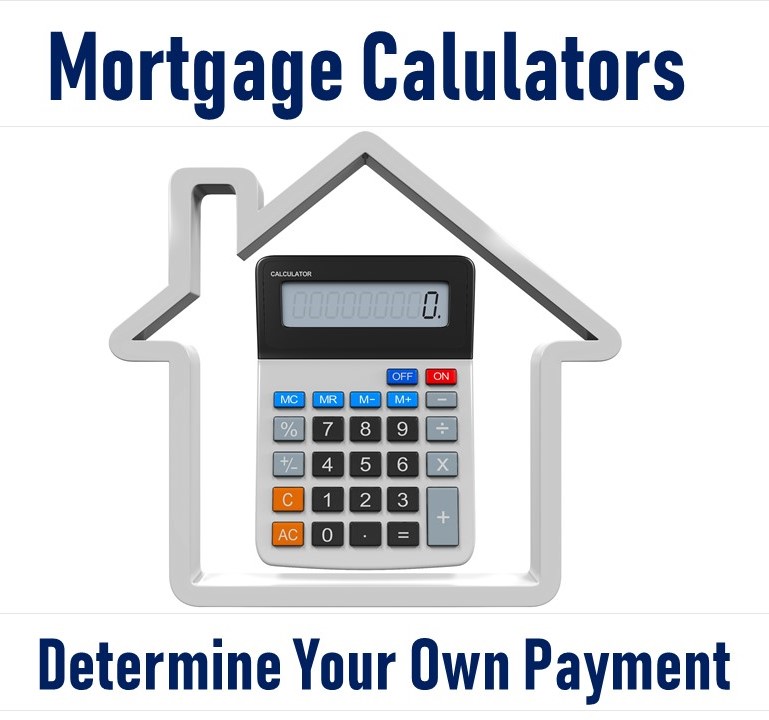
Mortgage rates have fallen a great deal this year and millions of homeowners as well as investors might benefit by refinancing even if they bought a home just last year. Mortgage rates moved lower last week even though the broader bond market suggested they should have remained flat or higher. In several of this week’s previous articles, we’ve discussed the volatility that’s been wreaking havoc on the world of mortgage rate settings for lenders. Simply put, when the moves get bigger and when the direction changes more frequently, mortgage rates take extra damage relative to Treasury yields (a risk-free benchmark for most any other rate in the US).
Many Mortgage holders have received many solicitations from mortgage companies reminding them it is time to lower their interest rate. Many homeowners and investors might be unaware that mortgage rates have declined so dramatically that they could save money by refinancing.
“Rates are Important, but Dollars and Cents is still the Most Important thing to Consider when Refinancing your home loan.”
The average size of a refinanced mortgage was $324,500 in the week ending of July and the beginning of August, according to the Mortgage Bankers Association. On a loan of that amount the difference between a 4.75% rate and a 4% rate is $143.53 a month ($1,722.40 a year) in principal and interest.
To find out how much you could save:
- Look at your monthly mortgage statement to see what interest rate and how much you’re paying in princple and interest only. Your Escrow payments will remain the same. The only this an improved interest rate will lower your P & I payment only
- Calulate you new payment buy using our mortgage calculator . Just plug in the information about your current and and then enter the new interest rate. This will give you a new lower P & I Payment. Determine what the difference would be on Dollars.
- Compile all the costs to refinance your mortgage
- Bank fees: Such as origination or application fees, as well as any points that the bank may charge.
- Title costs: Including a title search and insurance.
- Third-party costs: Such as an appraisal or attorney’s fees or the cost of a credit report ordered by the lender.
Calculating your break-even point
Now, it’s time to calculate your savings. Let’s consider an example.
Say you’re five years into a 30-year mortgage and your refinancing goal is to lower your monthly payment. If your new rate lowers your P & I payment by at least $100 per month and the cost of the refinance is $3,000, it will take you 30 months to recoup that cost. There’s your break-even point. Everything beyond that 30-month break-even point will be cost savings.
However, there is some small print attached to this savings celebration: Your savings may vary if you extend the term of the loan.
Best Rule of Thumb Would Be With a Payment Savings Between $100 – $150 to Keep Your Break-even point under 5 years.
Big savings beyond breaking even
If you want to pay off your home loan in fewer years by refinancing to a shorter term, then your savings can multiply beyond the break-even point. When you refinance to a shorter term, it’s not about having a lower monthly payment, but about saving big money in total interest.
If you took out a 30-year loan and started out with a rate of 4.5% and you’re now five years into that loan, it’s very possible that you could refinance to a 15-year term or perhaps a 20-year term, at the very same rate. The monthly payment could go up a little bit … but you would literally save not only the time, but tens of thousands of dollars, in those instances, in interest paid to the bank.







Leave a Reply